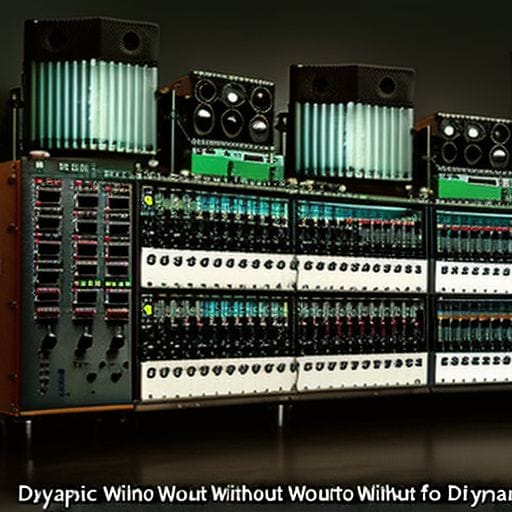Mastering Music Without Compression for a Dynamic Sound

Can you explain the process of mastering music without using compression?
Music is a language that can touch the soul and inspire our emotions. Mastering this language, particularly when it comes to music production, can be overwhelming. One of the critical aspects in this process is understanding how to balance the use of audio compression.
In the world of audio, compression is a technique that is used to control the dynamics of sound, specifically, the difference between the quietest and loudest parts of a recording. However, overuse or misuse of compression can negatively impact your sound quality. Despite the industry’s growing reliance on compression, it’s possible - and often beneficial – to master music without overusing this tool. This approach leads to a more dynamic and expressive sound.
Understanding the Role of Audio Compression
Before delving into the how’s, it’s essential to understand the why’s. Audio compression plays a significant role in music production; it aids in maintaining a consistent volume level, preventing distortion and clipping that can occur when the sound gets too loud. However, excess compression can stifle the dynamic range, dampen the emotional impact, and create a flat, lifeless recording. As such, it becomes pivotal to strike a balance.
Achieving Dynamic Sound Without Over-Compression
To master music without over-compression for a dynamic sound, there are several conventions you can adopt.
1. Use Compression Sparingly
It’s commonly heard in the music industry that “less is more,” and this holds true when it comes to compression. Use it sparingly and purposefully. Aim to preserve the dynamic contrasts that express emotion and momentum.
2. Leverage Automation
Audio automation is a foolproof way to control the volume and maintain dynamics without over-relying on compression. With automation, you can manually adjust volume levels at different points during your track, preserving natural dynamic variations.
3. Master Limiters
A limiter is another tool you can use to control the loudness of your mix without resorting to extreme compression. It’s a type of compressor but with a higher ratio. It can safely prevent clipping and help manage volume spikes.
4. Cultivate Your Ear
No amount of technical knowledge can replace a well-trained ear. Spend time critically listening to a wide array of music. Understand how different dynamics contribute to the overall emotional impact of the track. It will foster an intuitive understanding of when and where to apply or reduce compression.
Conclusion
Mastering music is an art that lies in the subtle manipulation of sound to elicit emotion and capture the listener’s ear. By understanding the role of compression and using it judiciously, you can create music that is vibrant, compelling, and full of life. The goal is to bring the best out of your mix without squashing the life out of it, letting the dynamics breathe.
Remember, in the diverse world of music, there are no definitive rules. It’s a field for endless exploration and experimentation.
